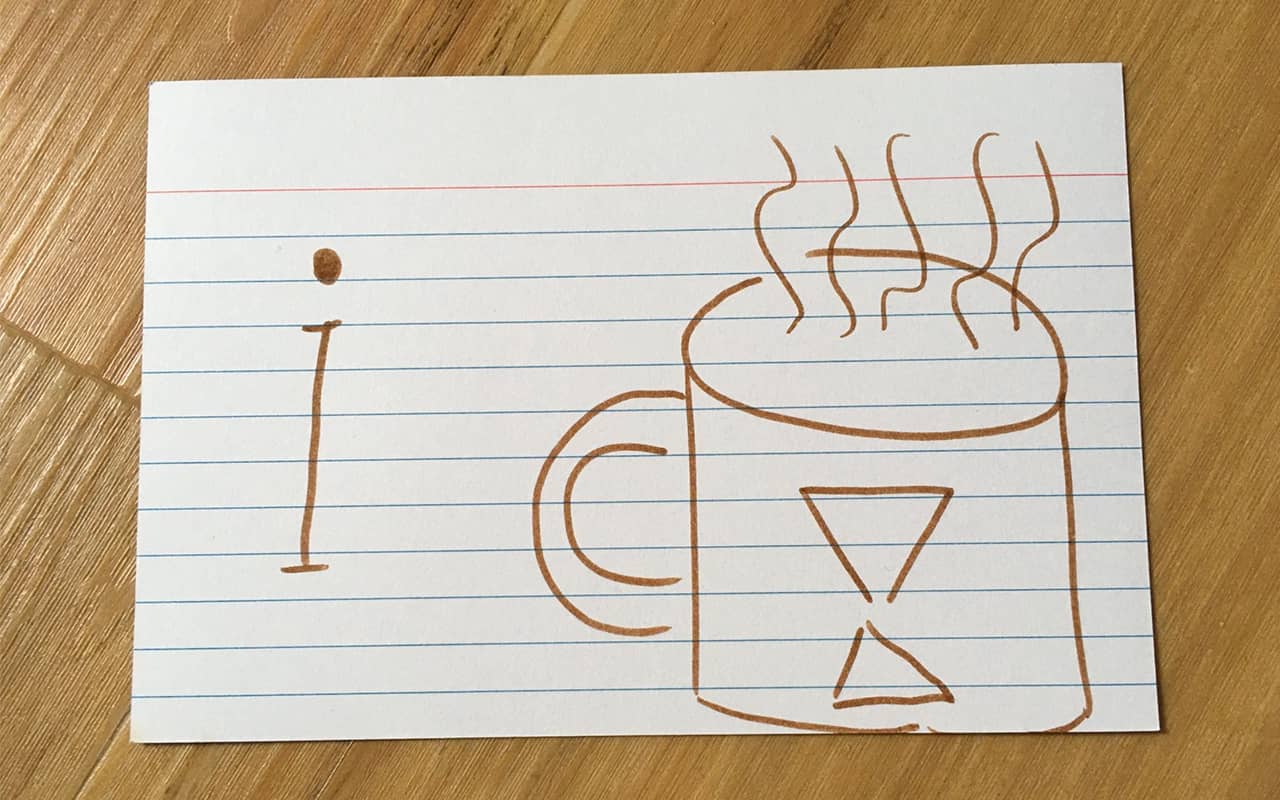Best Note-Taking Methods for Memory & Focus at Work or School
Description
 Struggling to retain what you read, hear in a lecture or study as a skill? No matter how many note-taking techniques you try?
Struggling to retain what you read, hear in a lecture or study as a skill? No matter how many note-taking techniques you try?
I get it.
As a lifelong learner with a neurodiverse background, I found most note-taking methods either too rigid or outright ineffective.
I encountered this problem during university.
And many of the most highly-recommended note-taking tactics became even more unhelpful when I started teaching as a professor at Rutgers.
As technologies have evolved, I have found that the landscape for learners has gotten even more confusing.
Sure, many people love using apps to aid their learning. And they even get results from them.
But over the years that I’ve been working as a researcher, writer and host of the Magnetic Memory Method Podcast and my YouTube channel, I’ve tested and developed multiple strategies.
I’ve also refined the note-taking strategies I used to use in grad school.
And in this guide, I’ll walk you through my favorite unconventional note-taking methods that consistently help me improve my focus, boost memory, and best of all, actually enjoy the learning process.
Whether you’re trying to keep up with a fast-paced lecture, sitting in a meeting or reading dense books, these flexible strategies will help you take better notes.
Even better, you’ll get more out of the notes you take when using these processes.
Let’s dive in.
My Best Note-Taking Recommendations To Make Information
More Engaging and Memorable
A quick note before we dive into the techniques I recommend:
There’s no “perfect” method that works for everyone, every time.
The approaches I’m about to share apply to different kinds of information.
And that’s a huge point about having methods overall:
You need multiple techniques that you can switch between depending on the situation.
That’s why I recommend practicing all of them. This approach will leave you with a flexible framework for taking notes in multiple contexts.
One: Visual Note-Taking
Visual note-taking is exactly what it sounds like, and it has been essential to my goal of learning faster and remembering more.
Instead of scribbling out long, lifeless sentences during lectures, I realized that quick visual representation could be used to represent many concepts and skills I needed to learn.
For example, when studying the International Phonetic Alphabet to improve my language learning skills and understand my linguistics textbooks better, I drew a simple coffee cup next to the “i” symbol.
Here’s the drawing:
Here’s what this quick sketch achieved:
I was rapidly able to remind myself that this “i” makes the vowel sound in beans. Just one image anchored the concept instantly in my memory.
You Don’t Need to Be an Artist
As you can see from my example above, visual notes don’t need to be artistic or detailed.
In fact, the simpler, the better. Usually, I limit the visual notes I take to some simple rules:
- Arrows and flow lines show cause and effect or represent connections
- Symbols represent core concepts
- Simple stick figures or icons to bring ideas to life
- Spatial arrangements (like clusters or grids) group related topics
- Question marks prompt reflective thinking
This visual note-taking method works across the board, but especially well for:
- Fast recall of symbols, terms, or processes
- Condensing complex material into visual shorthand
- Keeping your brain engaged during dry or fast-paced sessions
You don’t need to take your visual notes on cards like you see in my examples.
You can integrate visuals into the margins of your books or reserve one or more pages in your notebook for collecting visual summaries of key ideas.
Copying Charts and Graphs By Hand for Better Understanding
Some people can look at a chart and instantly understand what it’s meant to convey.
Not me.
I often find even simple graphs visually overwhelming.
But as I learned from Tony Buzan, you can simply copy them from your textbooks in your own hand to process their meaning.
I followed his advice and did that to understand how memory works.
By using multiple colors and engaging more parts of my brain, I’ve never forgotten the forgetting curve and the serial positioning effect I drew out visually by copying it from a textbook:
The History of Visual Note Taking for Instant Engagement
Ultimately, I never would have believed visual note-taking would help me so much. But it has, and later I found out that this style of note-taking is actually ancient.
As Jamie Kreiner reveals in The Wandering Mind: What Medieval Monks Tell Us About Distraction, copyists would leave doodles for their readers to remind them to keep engaged.
These included funny faces or pictures of monks with alert expressions.
So if you use visual note taking, you’re in good company.
For more reading recommendations like Kreiner’s to help broaden your knowledge about study techniques, check out my full list of books on learning.
Two: Outline Note-Taking for Streamlining Ideas
Outline note-taking is widely used. You could almost call it a classic approach, though you’re about to discover a few ways I’ve found to make it even better.
I use it frequently when attending lectures or listening to instructional videos by just making a dash beside each point based on keywords.
I also use outline note taking when recording my own thoughts.
For sub-points, I will indent slightly to the right.
It basically winds up looking like this example, which involves simple dashes to outline the larger topic:

The catch with this kind of note taking is you can sometimes puzzle yourself.
Because this kind of note-taking compresses the main point into a single keyword or phrase, you can’t always remember exactly what you meant during the note-taking process.
Fortunately, I have a fix for that.
Combine Outline Note Taking with a Review Process
To avoid being puzzled by notes later when using outline note taking at lectures, I ask the speaker permission to press record on my phone.
Then, listening back,








